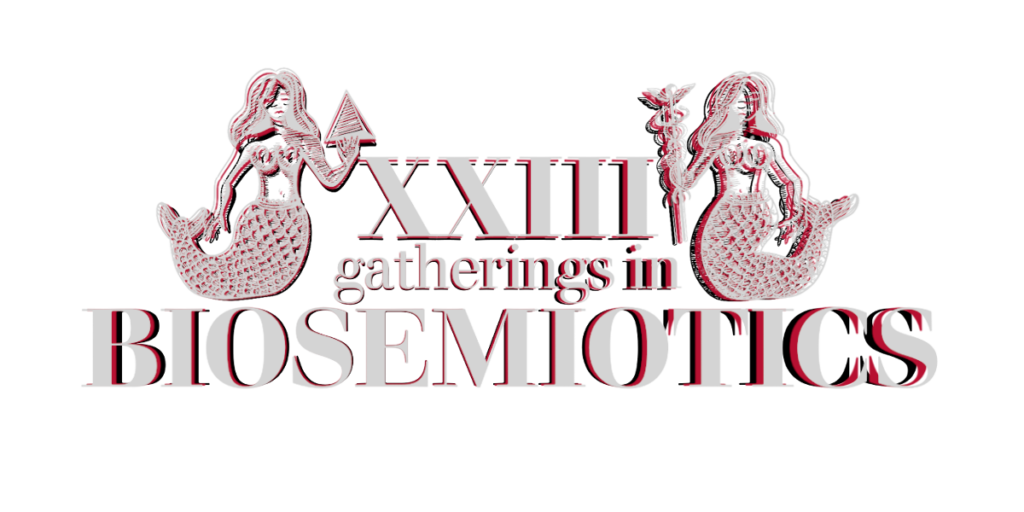Preliminary Connections with Semiotics in Linguistic Anthropology
As a newcomer to the field of Biosemiotics, I find the Biosemiotics Glossary Project a fascinating example of intentional interdisciplinary and intercultural communication. Linguists within anthropology have long worked on language contact, i.e. the emergence, maintenance, and evolution of new registers within their cultural contexts. The building of the Biosemiotics Glossary likely displays similarities to the emergence of contact registers in other cultural domains, while also potentially exhibiting some interesting differences, in part because of its intentional nature. In the spirit of Favareau and Kull’s (2015) On Biosemiotics and Its Possible Relevance to Linguistics, this paper will consider linguistic anthropology’s potential relevance to Biosemiotics.
Building on the work of widely cited contemporary theorists within the fields of linguistic anthropology and sociolinguistics, this paper will attempt to take small steps in two directions. First, it will sketch some general properties of register emergence (enregisterment) to introduce some terms that could be useful for taking a meta-communicative perspective to the interdisciplinary collaboration and communication between scholars building the Biosemiotics Glossary project. Second, it will present a handful of semiotic concepts that have been developed within linguistic anthropology. By connecting them to concepts that have already been added to the glossary (such as agency and intentionality), I hope to open a dialog about the potential usefulness of linguistic anthropological approaches for Biosemiotic scholarship. This exchange would hopefully also lead to recommendations from seasoned Biosemiotics scholars for concepts from their various disciplines that could be usefully incorporated into linguistic anthropological work.
References
Contact talk: The discursive organization of contact and boundaries. Zane Goebel, Deborah Cole, and Howard Manns, eds. 2020. London: Routledge.
Eckert, Penny. 2017. Comment: The most perfect of signs. Iconicity in variation. Linguistics. 55(5): 1197–1207.

